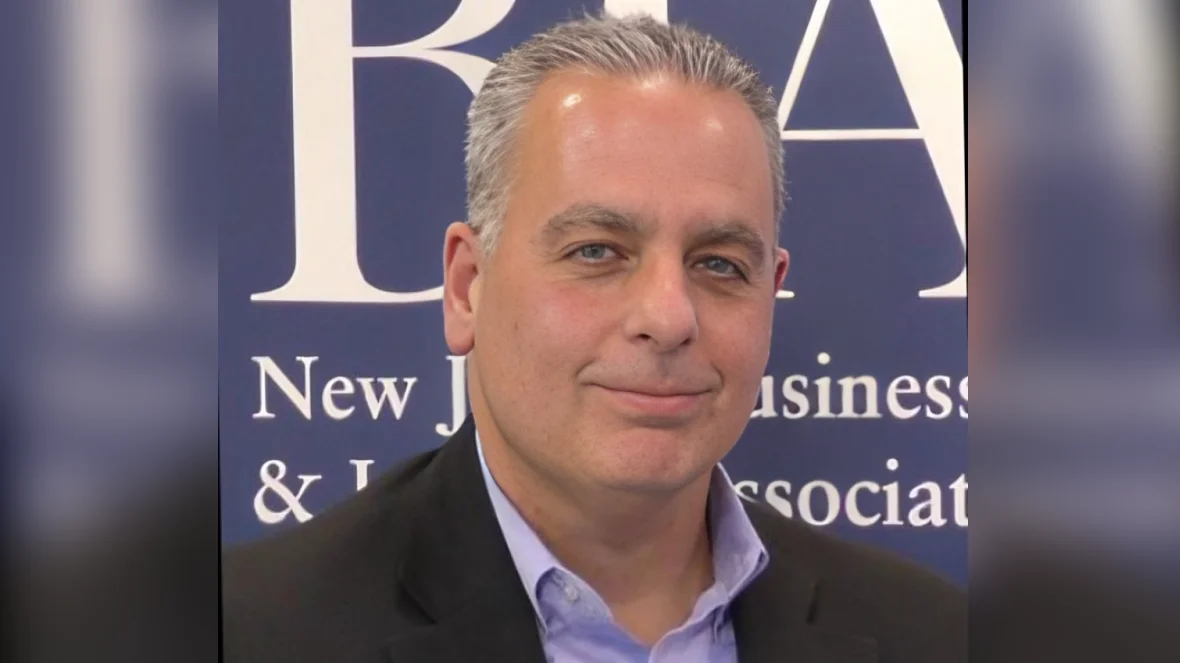
Bob Martin, General Manager of Christie 55 Solutions, delivered a stark warning at the NJBIA’s 4th Annual Energy Conference about an impending electric energy crisis in the United States. Addressing nearly 300 attendees, Martin outlined what he described as "the perfect storm" that could lead to significant disruptions in energy supply.
“If we don’t address this, we’re going to end up with brownouts, blackouts, we’re going to cut back on energy usage in certain cases and at peak times, and costs (for electricity) are going through the roof,” Martin stated. He emphasized that this situation would impact both businesses and residential consumers.
Martin identified four key factors contributing to the looming crisis: a projected doubling of electricity demand by 2050; EPA regulations forcing the closure of coal-fired power plants by 2032; renewable energy's inability to meet demand; and an unprepared electric grid. He noted increasing demands from data centers and manufacturing as significant contributors to rising electricity consumption.
A report from the Enterprise Power Research Institute suggests that data centers could consume up to 9.1% of U.S. electricity generation annually by 2030. Additionally, over 200 new manufacturing facilities have been announced since the Inflation Reduction Act was passed in August 2022.
The acceleration of power plant closures due to EPA regulations poses another challenge. “The rules are going force closures at a faster pace," Martin said, highlighting concerns about discouraging investment in new natural gas plants.
Martin pointed out that the U.S. electric grid is not equipped for substantial load growth or increased solar and wind power integration. The PJM grid region is expected to see a demand increase of up to 68% by 2050.
Despite these challenges, Martin expressed optimism about renewable energy's role in future power generation. The U.S. Energy Information Administration projects wind and solar will account for 44% of electricity generated by mid-century.
“This has strong support,” Martin noted but cautioned against viewing renewables as direct replacements for traditional baseload sources without proper planning and infrastructure development.
To mitigate the potential crisis, Martin suggested policy changes, better planning across government levels, investments in efficient natural gas plants, reevaluation of EPA regulations, significant transmission grid investment, and continued promotion of renewable energy sources.
He stressed private sector involvement: “The private sector needs to play a role in investing in this overall energy plan and addressing all these issues.”